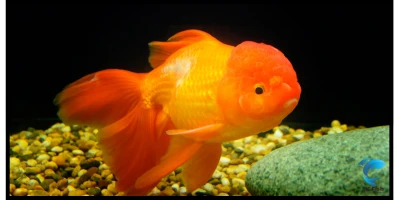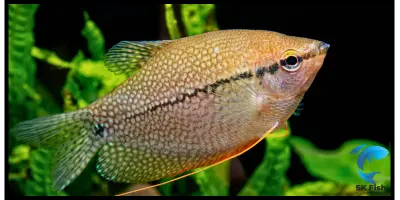Pan fried Trout with Lemon Butter Sauce
Published: 1 Jun 2024
Welcome, seafood lovers! In this blog, you will find a comprehensive guide to making pan fried trout with lemon butter sauce. I tried this recipe last month, and since then, I have enjoyed it repeatedly. This recipe is easy to cook and can be prepared quickly.
Are you curious about how to cook pan fried trout with lemon butter sauce? We will explore all the essential aspects of this recipe.
Let’s start!
How Does Pan Fried Trout with Lemon Butter Sauce Taste?
Trout fish is renowned for its mild, sweet, and delicate taste. The flavor of pan-fried trout with lemon butter sauce is one of the most delicious seafood experiences. The crispy, golden skin perfectly complements the slightly sweet taste of trout.
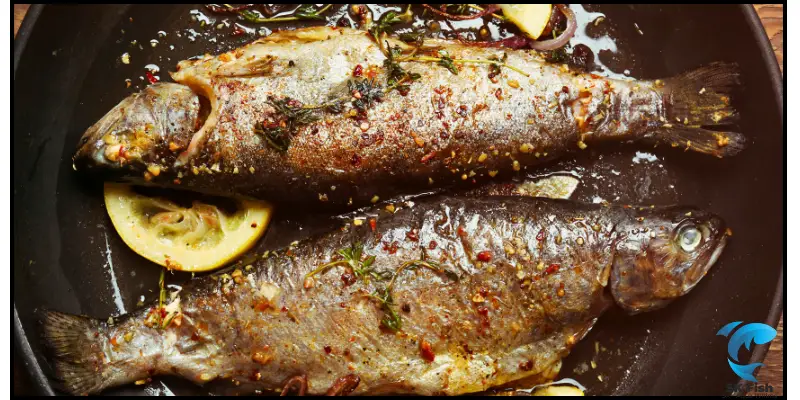
Pan-fried trout recipe with lemon butter sauce
Pan fried trout with lemon butter sauce is a tasty, easy, and quick recipe. Lemon butter sauce is a popular accompaniment and can be used with any fish. This recipe is perfect whether you’re a seasoned cook or a beginner.
Let’s look at the essential ingredients and directions to make this dish.
Ingredients
| Essential Ingredients |
|---|
|
How to Prepare Steelhead trout?
Let’s explore a step-by-step guide to preparing the pan fried steelhead trout recipe. Here’s a complete direction below:
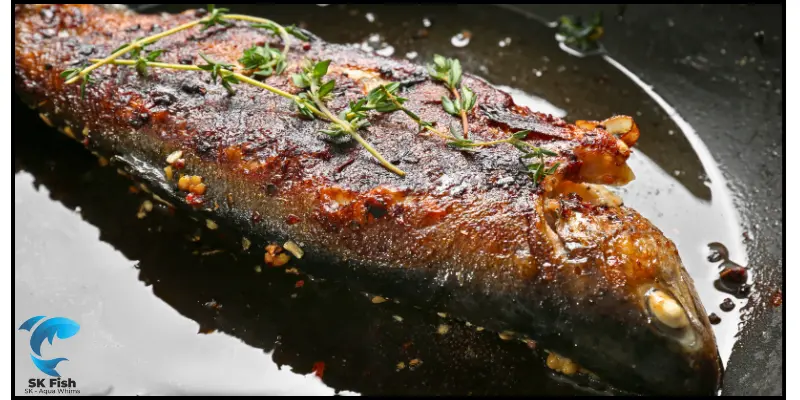
Directions
| Steps to Follow |
|---|
|
Directions for Making the Lemon Butter Sauce
| Making Lemon Butter |
|---|
|
Combining
- Place the fried fillets back into the pan and spoon the sauce over the top.
- Garnish the fillets with fresh chopped parsley.
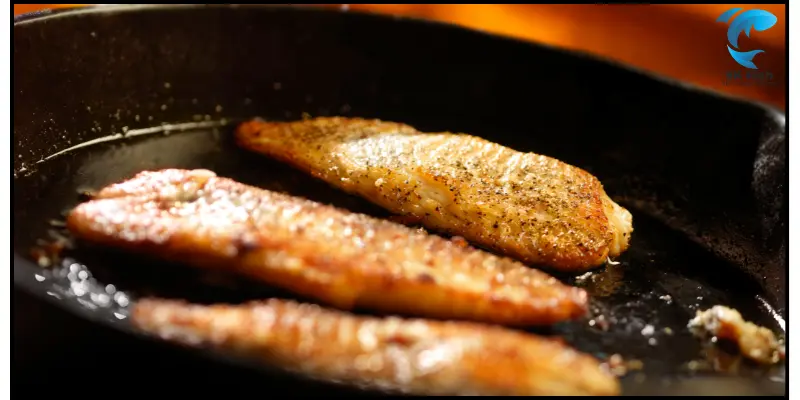
Conclusion
This blog covered all the essential steps for preparing pan fried trout with lemon butter sauce. We described the delicate taste of trout and highlighted how this recipe suits every mood and occasion. This delicious recipe can be prepared quickly and easily, allowing you to enjoy it with friends and family, and impress your guests with its mild, sweet, and delicate flavor. I hope you enjoyed this post. Share your thoughts in the comment section.
FAQs
What is lemon butter sauce made of?
Lemon butter sauce is a simple yet popular sauce known for its flavor. It is made with butter, lemon juice, lemon zest, garlic, salt, pepper, and parsley.
Is trout high in mercury?
Trout is generally considered low in mercury compared to many other types of fish. It is safe to eat and can be consumed 2 to 3 times weekly.
What is the best sauce for fish?
Choosing the best sauce for fish depends on your taste. However, some of the most popular sauces for fish include lemon butter sauce, tartar sauce, herb sauce, mango salsa, and soy ginger sauce.
Can trout be eaten raw?
Yes, trout can be eaten raw, but be careful when planning to do so. Purchase the trout from a reputable source that guarantees the fish is suitable for raw consumption.
Have You Tried This Recipe?
There are no reviews yet. Be the first one to write one.

SK Fish is your trusted source for practical fish care tips and delicious seafood recipes. Our team is dedicated to providing reliable, well-researched content for fishing enthusiasts and home cooks alike.

- Be Respectful
- Stay Relevant
- Stay Positive
- True Feedback
- Encourage Discussion
- Avoid Spamming
- No Fake News
- Don't Copy-Paste
- No Personal Attacks



- Be Respectful
- Stay Relevant
- Stay Positive
- True Feedback
- Encourage Discussion
- Avoid Spamming
- No Fake News
- Don't Copy-Paste
- No Personal Attacks
